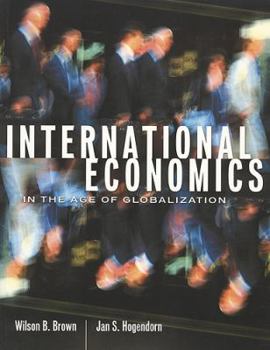International Economics In The Age Of Globalization
International Economics in the Age of Globalization provides the intellectual basis for an understanding of the increasingly integrated world economy. The requisite background is not solely economic theory, but includes the history and the purposes and workings of the organizations, laws, instruments, and customary practices in the international economy.
Economic theory is not limited to the abstract; its concern with institutions has both a practical and theoretical base. How can one evaluate a criticism of the World Trade Organization, a fear of the dangers of financial derivatives, the supposed freedom of a multinational firm, or the presumed unfairness of dumping without knowing both theory and institutions? Where did these institutions come from? What problems are they solving--as well as creating? This book's balance between theory and institutions is akin to texts in Public Expenditure or Money and Banking. The leading international economics texts, in contrast, push the real world into the background and present the subject as a more specialized intermediate theory course, accessible only to people who have a solid theoretical background. The result is that good discussions of many of the key issues in modern international economics simply are not available in the curriculum, or accessible to any but economics majors. This book aims to remedy that failing, challenging economics majors and non-majors alike. It will also be of value to students of business and public affairs and to the economic-literate general public.






